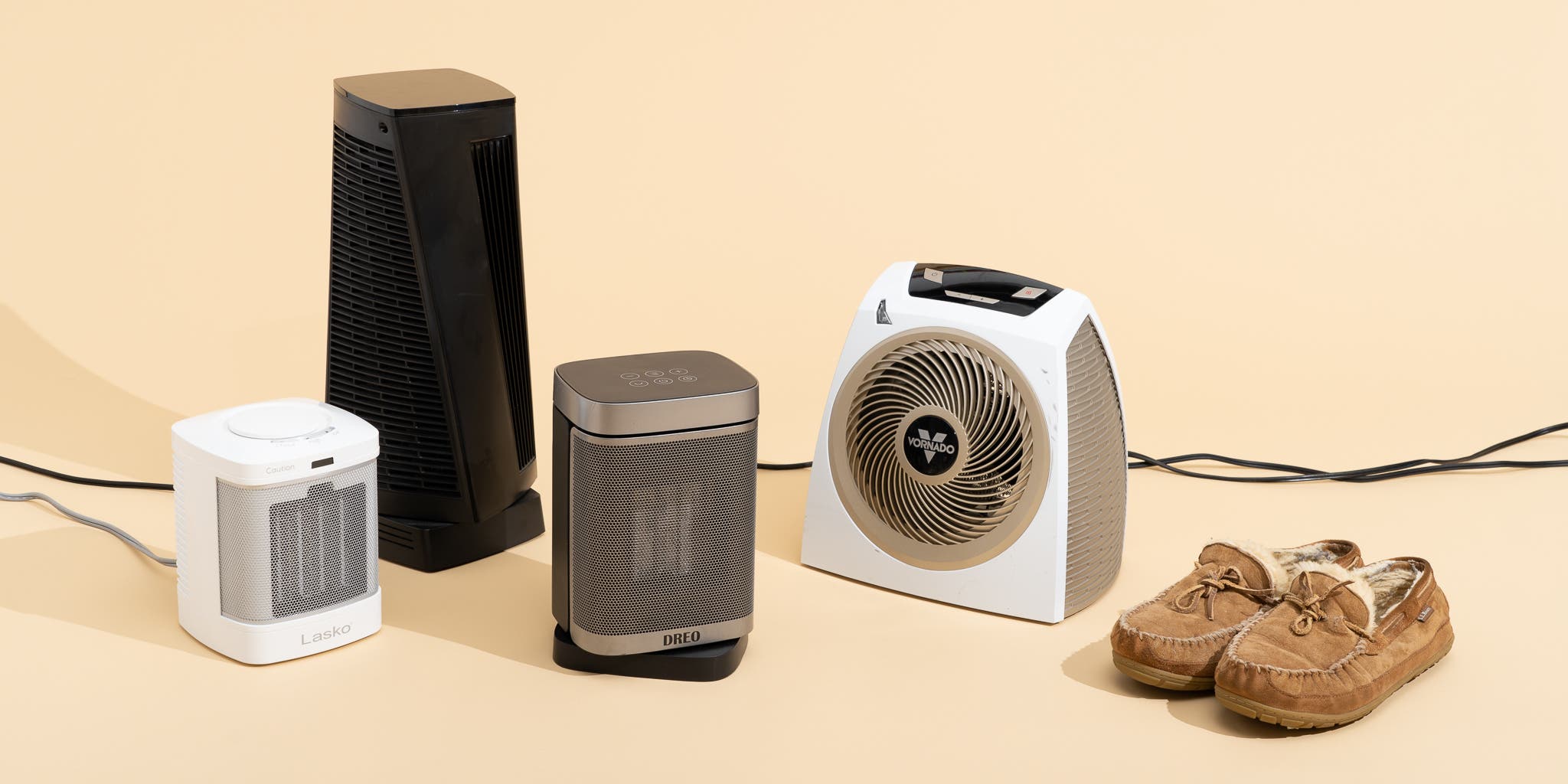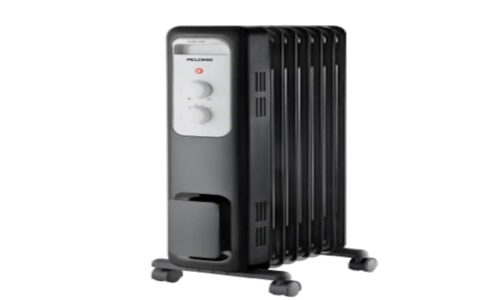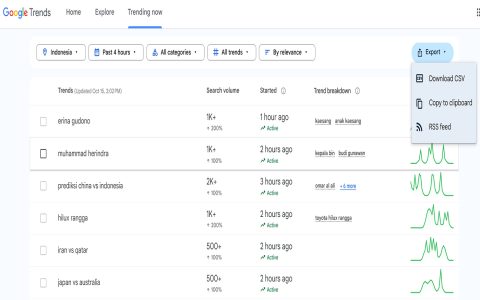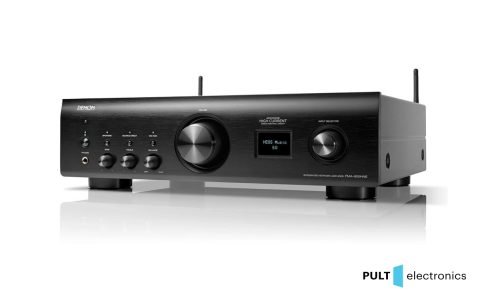A lighting heater is a device engineered to provide both illumination and radiant heat simultaneously. These units are particularly valued for their dual functionality, offering efficient space utilization and targeted warmth.
Core Technology and Operation
The most prevalent technology behind lighting heaters is infrared radiation. These heaters typically utilize quartz or halogen lamps that emit infrared waves, which directly warm objects and people in their path, rather than heating the ambient air. The light emitted is often a visible byproduct of the heating element operating at high temperatures.
- Short-wave Infrared (IR-A): These heaters produce a significant amount of visible light (often a warm orange or red glow) and provide intense, instant heat. They are highly effective for spot heating and outdoor applications.
- Medium-wave Infrared (IR-B): These may produce a less intense, softer glow compared to short-wave heaters, offering a more gentle warmth.
Some specialized units might integrate LED lighting with separate heating elements, offering more control over light color and intensity independent of heat output. However, infrared heat lamps, where light is intrinsic to the heating mechanism, are more commonly associated with the "lighting heater" concept.

Key Advantages
- Dual Functionality: Combines lighting and heating into a single unit, saving space and reducing the need for separate appliances.
- Instantaneous Heat: Infrared lighting heaters provide warmth almost immediately upon activation, as they heat surfaces directly.
- Targeted Heating: Heat is directed precisely where it is needed, minimizing energy waste on heating unoccupied areas. This is particularly beneficial in open or poorly insulated spaces.
- Energy Efficiency: By delivering heat directly to objects and people, they can be more energy-efficient for specific applications compared to convection heaters that warm the entire air volume.
- Silent Operation: Typically, these heaters operate silently as they do not rely on fans for heat distribution.
Common Applications
- Outdoor Areas: Patios, terraces, balconies, and outdoor seating areas for restaurants and cafes.
- Bathrooms: Often seen as ceiling-mounted heat lamps to provide warmth, especially after showers.
- Workshops and Garages: Ideal for providing spot heating in larger, typically colder spaces.
- Conservatories and Sunrooms: To extend usability during cooler periods of the year.
- Animal Enclosures: Used in terrariums or for brooding young animals where both light and controlled heat are beneficial.
- Specific Industrial Processes: For applications such as drying, curing, or other processes requiring directed heat.
Selection Considerations
- Heating Capacity (Wattage): Choose a wattage appropriate for the size of the area you intend to heat and the desired temperature increase.
- Light Output and Quality: Consider the brightness and color temperature of the light emitted, especially if it will serve as a significant light source.
- IP Rating (Ingress Protection): This is crucial for outdoor or bathroom installations, indicating the unit's resistance to dust and water ingress.
- Safety Features: Look for essential safety mechanisms such as overheat protection and tip-over switches for portable models.
- Mounting Options: Available as wall-mounted, ceiling-mounted, or freestanding units to suit various installation requirements.
- Control Features: Some models offer variable heat settings, timers, remote controls, or smart connectivity for enhanced convenience.








